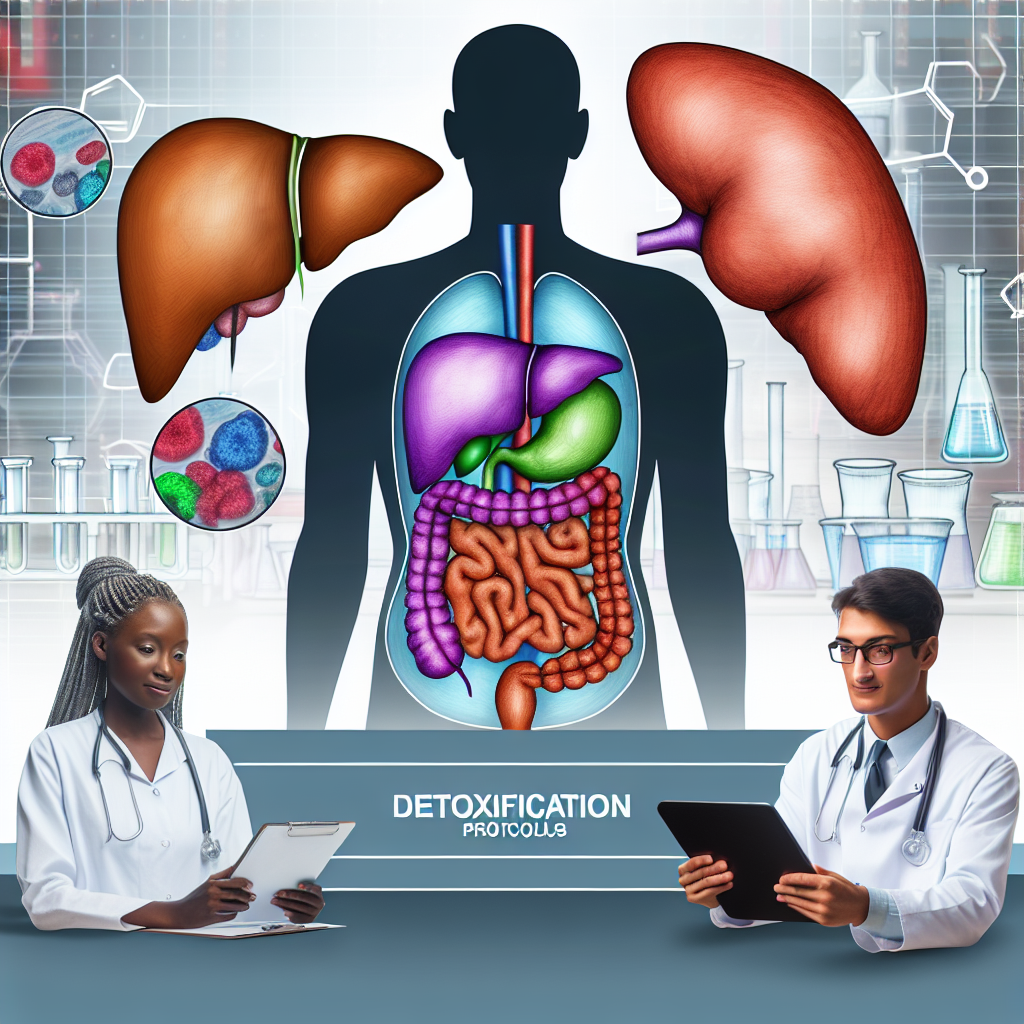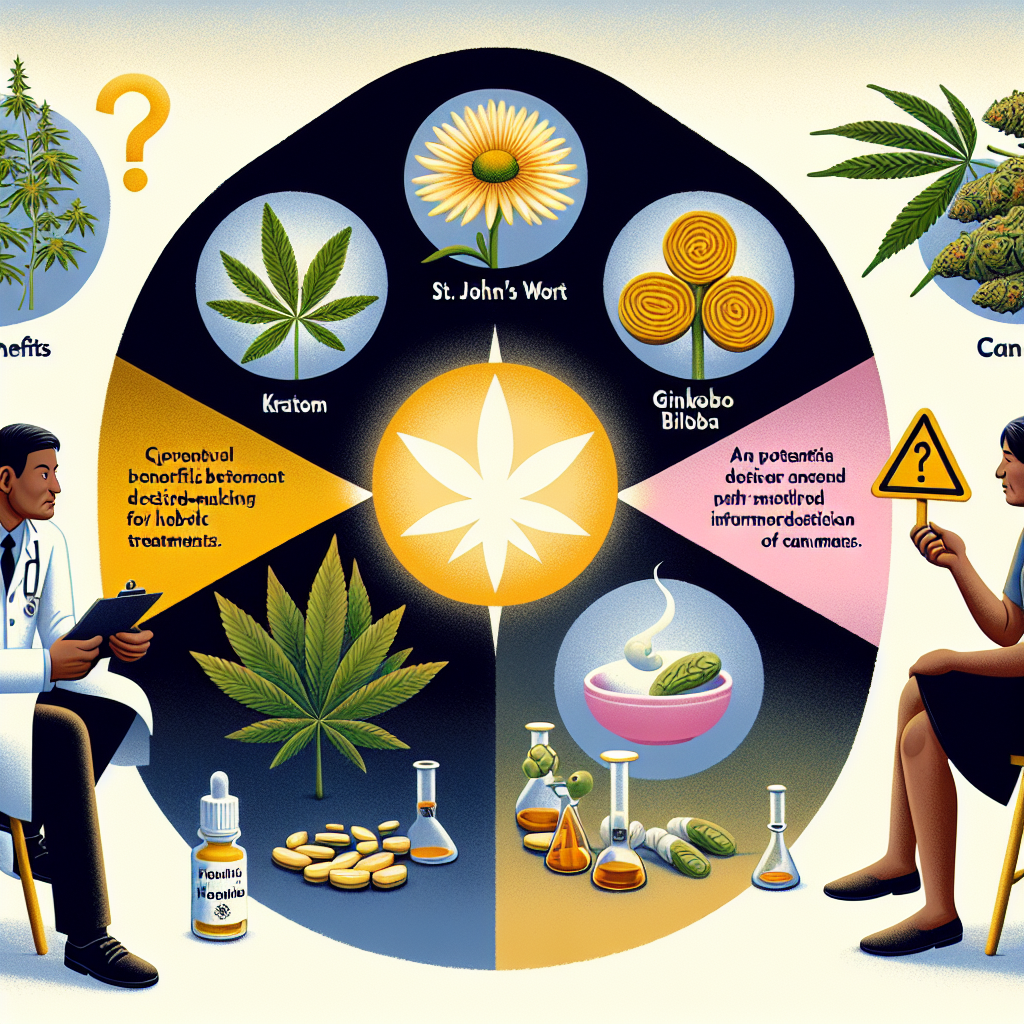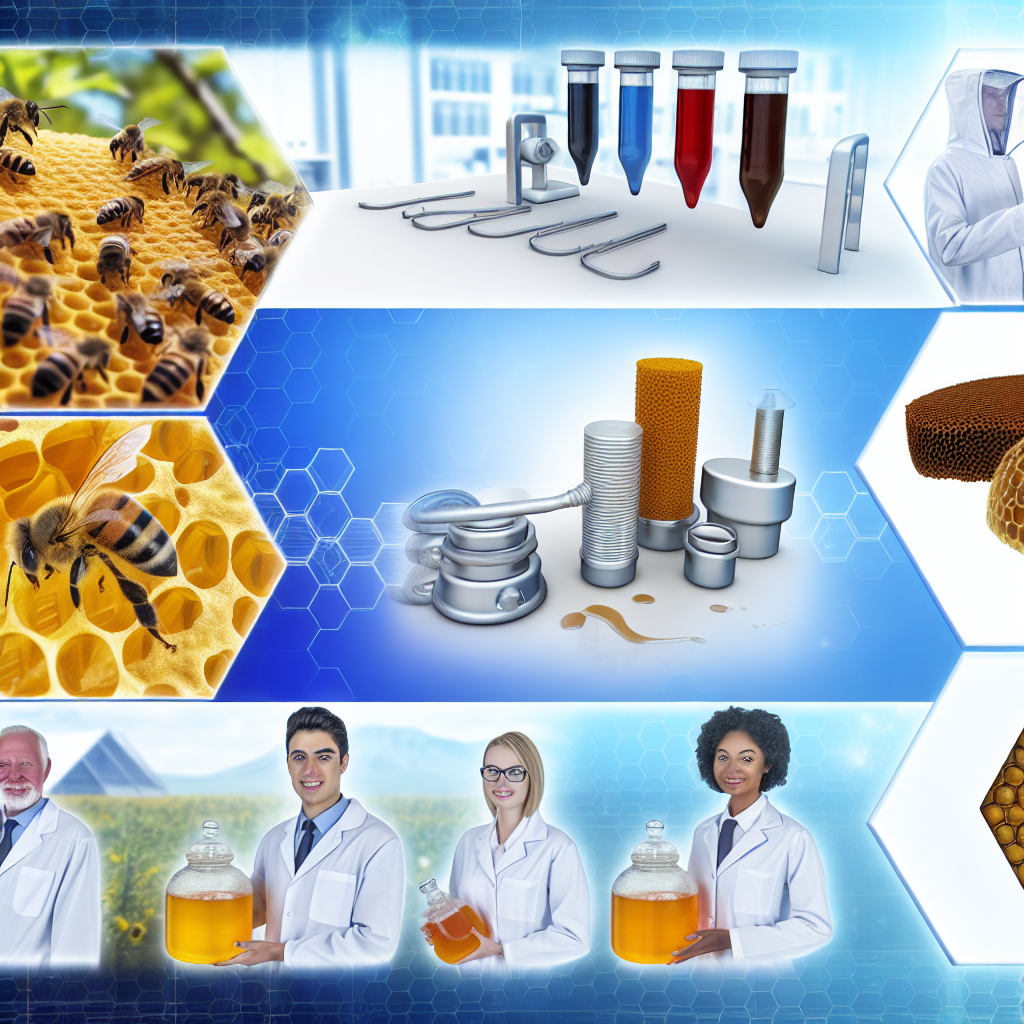Detoxification Protocols: Scientific Analysis
Introduction
Detoxification, or the process of eliminating toxins from the body, has been a practice for centuries, deeply rooted in ancient healing traditions. With modern lifestyles exposing individuals to environmental pollutants, processed foods, and synthetic chemicals, detoxification has gained renewed attention. Many people turn to homeopathic and herbal treatments to support the body’s natural detox pathways. However, despite widespread enthusiasm, detox protocols are often met with skepticism by the medical and scientific communities.
The human body is naturally equipped with detoxification mechanisms, primarily managed by the liver, kidneys, skin, and lungs. The liver, in particular, plays a critical role in filtering toxins from the bloodstream and breaking them down into substances that can be excreted. While conventional medicine recognizes the body’s built-in detoxification processes, many holistic health advocates argue that lifestyle choices, diet, and environmental factors can overload the system, making external detox protocols beneficial.
Scientific research on detoxification is complex, as the efficacy of various protocols is dependent on numerous variables, including diet, genetics, and lifestyle. Some detox methods have medical backing, while others are more anecdotal. Popular detox interventions include fasting, herbal remedies, chelation therapy, and hydrotherapy, with proponents asserting their value in improving digestion, increasing energy levels, reducing inflammation, and eliminating toxins such as heavy metals and pesticides.
The debate around detox programs generally centers on the necessity of supplements and specific treatments when the body already has detoxification mechanisms in place. Yet some studies suggest that certain natural substances, such as milk thistle, activated charcoal, and chlorella, may enhance detoxification pathways. Furthermore, research has shown that excessive toxin accumulation, particularly heavy metals, endocrine disruptors, and air pollutants, poses serious health risks, supporting the argument that targeted detoxification therapies may have merit.
This article aims to analyze the scientific foundation behind modern detoxification protocols, assessing both traditional herbal approaches and modern medical findings. By understanding how detox protocols work and evaluating their effectiveness, we can decipher which methods offer real health benefits and which may be unsupported by science.
Scientific Studies on Detoxification Protocols
Scientific studies have explored various aspects of detoxification, particularly the role of diet, herbal supplements, and natural therapies in supporting the body’s natural elimination processes. Here, we examine key research that evaluates the effectiveness of various detox approaches.
Herbal Detoxification: The Science Behind Natural Liver Support
Several herbs have been studied for their role in supporting the body’s detoxification processes, particularly liver function. Milk thistle (Silybum marianum) is one of the most extensively researched herbs regarding liver health. A study published in Phytotherapy Research found that silymarin, the active compound in milk thistle, has hepatoprotective effects and may aid in detoxifying the liver from harmful substances, including alcohol and medications like acetaminophen.
Similarly, turmeric, which contains the bioactive component curcumin, has been shown to enhance the body’s natural antioxidant pathways and support liver detoxification. A study in Oxidative Medicine and Cellular Longevity suggested that curcumin exerts protective effects against oxidative stress and inflammation caused by toxins.
Removing Heavy Metals: Can Chelation Therapy Help?
Heavy metal toxicity, particularly from lead, mercury, and arsenic exposure, has been linked to numerous health disorders. Chelation therapy is a detoxification method that employs agents such as EDTA (ethylene diamine tetra-acetic acid) to remove heavy metals from the bloodstream. A randomized clinical trial published in JAMA reported that EDTA chelation therapy showed a reduction in cardiovascular events among patients with a history of lead exposure.
Chlorella, a green microalgae, has also demonstrated potential in heavy metal detoxification. According to a study in Environmental Toxicology and Pharmacology, chlorella supplementation helped reduce mercury levels in individuals with dietary exposure to the toxic metal.
Activated Charcoal: A Powerful Toxin Binder
Activated charcoal is another popular detoxification agent, known for its ability to bind to toxins and facilitate their excretion. It has been used in emergency medicine for the treatment of poisoning and drug overdoses. Research published in The Journal of Clinical Pharmacology supports the use of activated charcoal in reducing the absorption of certain toxins in the gastrointestinal tract. However, its routine use for general detox purposes requires more scientific validation.
Fasting: Unlocking the Body’s Natural Detox Process
Several studies suggest that fasting can enhance the body’s natural detoxification mechanisms by promoting autophagy, a process in which damaged cells and toxins are broken down and removed. A study in Cell Metabolism noted that intermittent fasting can lead to improved cellular cleanup and metabolic balance. However, prolonged fasting should be done cautiously, as excessive fasting could lead to nutrient deficiencies.
The Gut Microbiome’s Role in Detoxification
Emerging research highlights the importance of gut health in detoxification. The gut microbiome plays a crucial role in metabolizing toxins and eliminating harmful substances through bile and feces. Probiotic supplementation has been shown to improve gut integrity and promote the excretion of toxic compounds. A study in Frontiers in Microbiology found that Lactobacillus species help in the biodegradation of heavy metals in the digestive tract.
Conclusion: Is Detoxification Really Necessary?
The concept of detoxification is both ancient and modern, with scientific research providing varying levels of support for different methods. The human body possesses a highly efficient detoxification system, yet exposure to modern toxins—such as heavy metals, pesticides, and synthetic chemicals—raises concerns about whether additional interventions are necessary. Studies suggest that certain natural remedies, including milk thistle, chlorella, activated charcoal, and fasting, may offer measurable detoxification benefits. However, the efficacy of detox protocols often depends on the individual’s health status, exposure level, and implementation of methods.
While there is scientific backing for targeted detox approaches, it is also important to recognize that many commercially promoted detox regimens lack substantial evidence. The best approach to promoting detoxification naturally is to:
• Adopt a healthy, antioxidant-rich diet
• Stay hydrated
• Support liver function with nutrient-dense foods
• Engage in regular exercise
Future research will continue to refine our understanding of detoxification, but for now, focusing on science-backed methods can help individuals make informed decisions about their health.
Summary:
This article explores the scientific evidence behind various detoxification protocols, including the use of herbal remedies, chelation therapy, activated charcoal, and fasting. While the human body has natural detoxification mechanisms, the article suggests that certain science-backed methods may offer measurable benefits in supporting the body’s ability to eliminate toxins, particularly heavy metals, pesticides, and synthetic chemicals. The article also emphasizes the importance of adopting a healthy, antioxidant-rich diet, staying hydrated, supporting liver function, and engaging in regular exercise as natural ways to promote detoxification.

Dominic E. is a passionate filmmaker navigating the exciting intersection of art and science. By day, he delves into the complexities of the human body as a full-time medical writer, meticulously translating intricate medical concepts into accessible and engaging narratives. By night, he explores the boundless realm of cinematic storytelling, crafting narratives that evoke emotion and challenge perspectives.
Film Student and Full-time Medical Writer for ContentVendor.com




